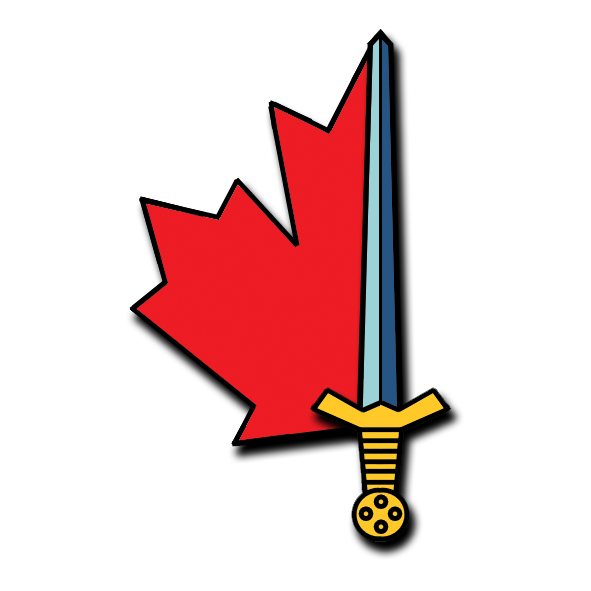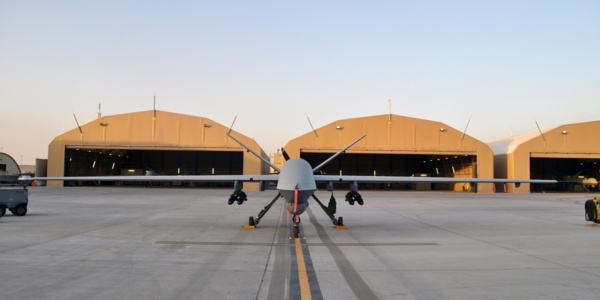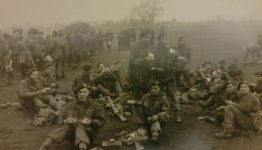Have now scanned this a bit more and find the artillery dispositions interesting.
1) In 3 (UK) Div neither the 12th nor 20th ABCT's have any integral close support artillery at all.
2) all of 3 (UK) Divs artillery is concentrated in 1 DRSBCT (a total of 2 Reg F and 1 Res F self propelled close support regiments; 2 Reg F and 1 Res F MLRS regiments and 1 Reg F STA regiment). This is actually a good mix and appears to be a revival of the divisional artillery concept. For me the question that remains is how the artillery C&C structure will function seeing as the guns subordinated into a recce manoeuvre brigade rather than an artillery one.
3) In 1 (UK) Div, 7 LMBCT has one Reg F and 1 Res F L118 regiment;
4) also in 1 (UK) Div, 4 LBCT has only one Res F L 118 regiment;
5) (Just as an aside, 19 Brigade is organized to 8 Res F light infantry battalions and 2 Res F light recce regiments which are not otherwise allocated to other formations. (basically a reserve pool)
6) 7 Air Defence group contains 2 Reg F and 1 Res F air defence regiments;
7) 16 Air Assault BCT has one Reg F para L118 regiment;
8) the Intel, Surv and Recce group (basically a total force intelligence org) has one Reg F MUAS arty regiment and one Reg F TUAS arty regiment;
9) 3 Cdo Bde retains one Reg F Commando L118 regiment
A key factor is that every Res F arty unit has a defined role to add batteries to Reg F regiments (somewhat of a 70/30 structure, albeit some Reg F regiments-the more quick reaction ones-are 100/0 and one Res F regiment in 4 LBCT has a 0/100 role)
I generally like this. One comment is that perhaps 3 (UK) could have done with a larger Res F to Reg F ratio but I expect the current allocation speaks to the fact that the UK considers the NATO role there a quick reaction/short notice one in large part.
The purpose of the general duties pool of inf and recce in 19 Brigade speaks somewhat of homeland security aided and abetted by cap badge protection.
I love the 101 & 102 Operational Sustainment Brigades (and their total force mix) - we need that desperately.
I also find it interesting that engineer resources for both 1 and 3 (UK) Divs are centralized in two Engr Bdes.








/file/dailymaverick/wp-content/uploads/HEADER-option-4.jpg)



